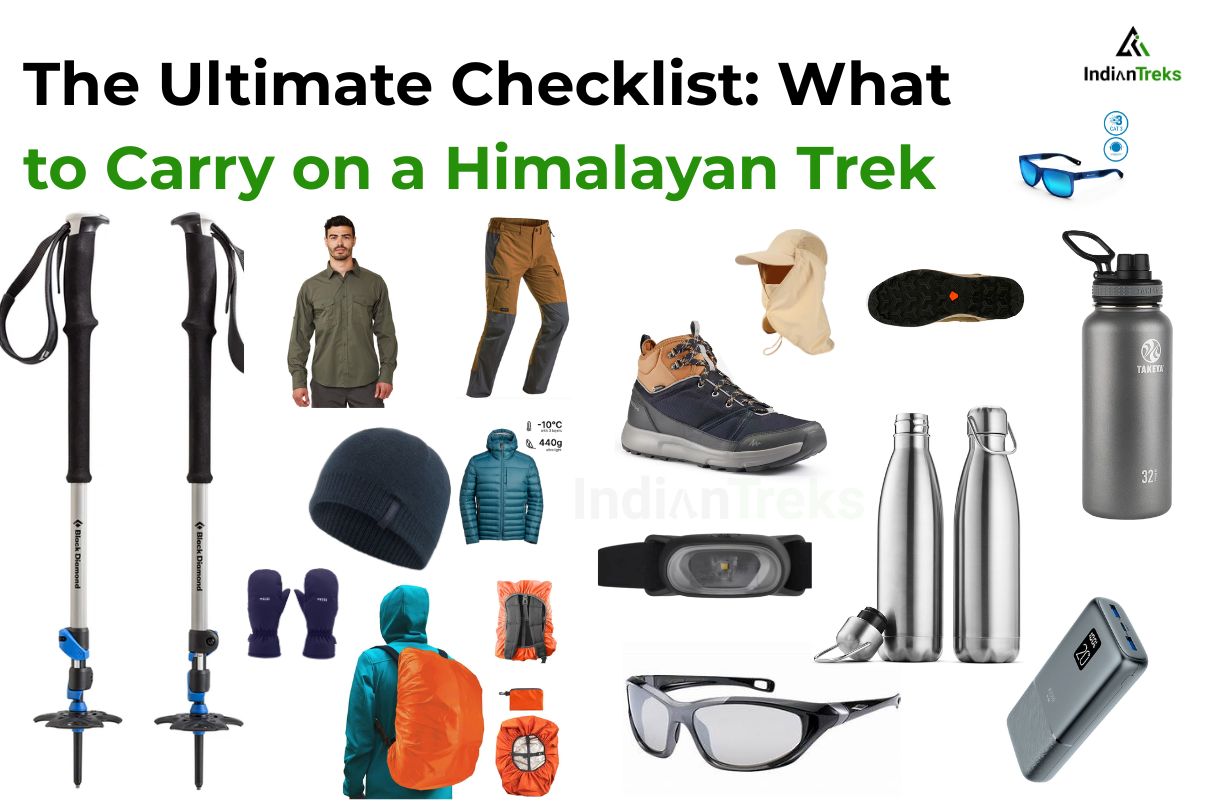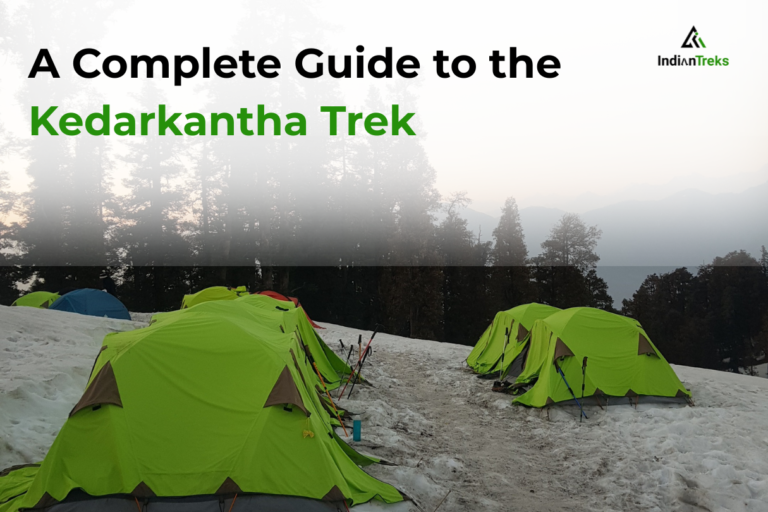The Ultimate Checklist: What to Carry on a Himalayan Trek
Planning a trek in the Himalayas is exciting, but it can also be a bit intimidating—especially when it comes to packing. Whether you’re a first-timer or a seasoned trekker, knowing exactly what to carry can make the difference between an enjoyable trek and a stressful one.
At Indian Treks, we guide hundreds of adventurers every year, and one question always comes up:
“What should I pack for the trek?”
It’s not surprising. Packing for the mountains isn’t just about convenience—it’s about safety, comfort, and being prepared for unpredictable weather. To make it easier, we’ve put together a comprehensive trekking essentials checklist, designed specifically for Himalayan treks.
Smart Packing Tip: Start with Essentials and Work Your Way Out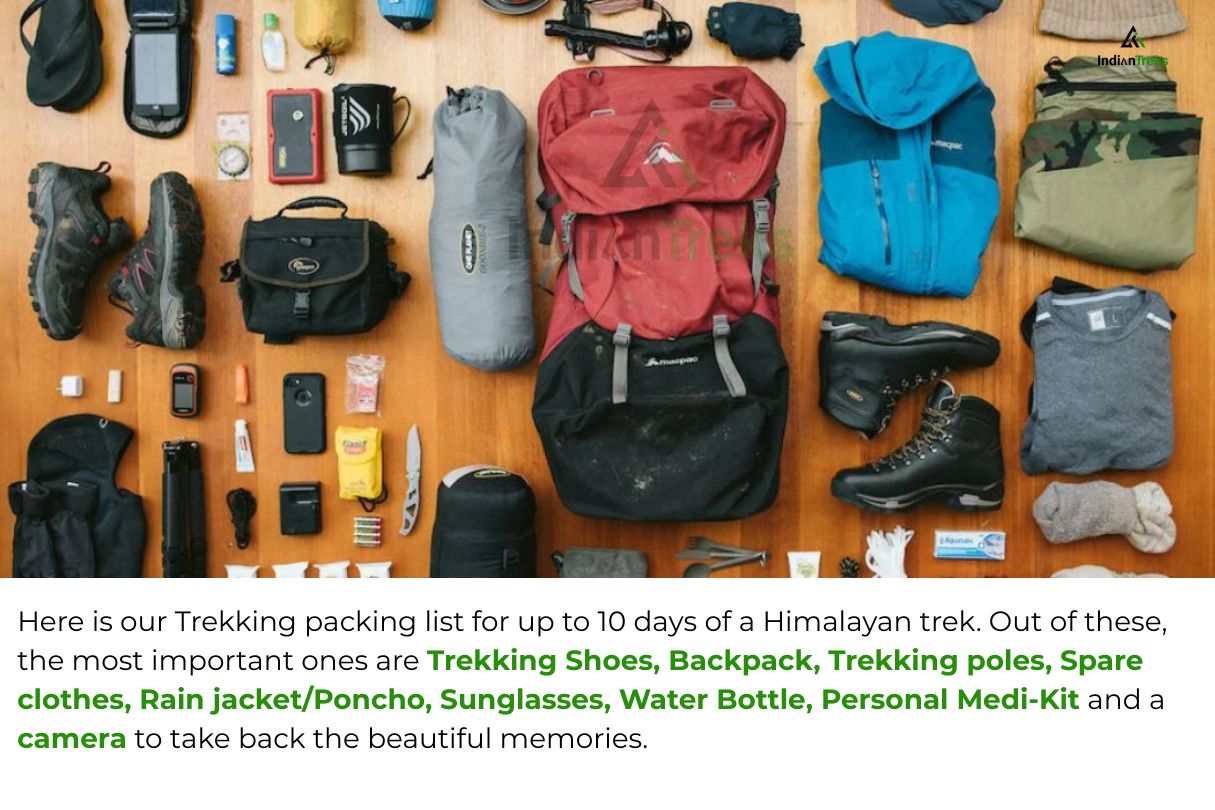
Before you begin packing, it’s helpful to follow a systematic approach. Begin with the most critical items—like clothing, footwear, and essential gear—and then move on to accessories, toiletries, and smaller items. Organizing your pack in this way not only ensures you don’t forget anything important but also makes it easier to access items during your trek.
By packing in a structured sequence, you reduce last-minute stress and can confidently set out knowing that every essential is accounted for. A well-organized backpack is the first step toward a smooth and enjoyable Himalayan trekking experience.
Choosing the Right Backpack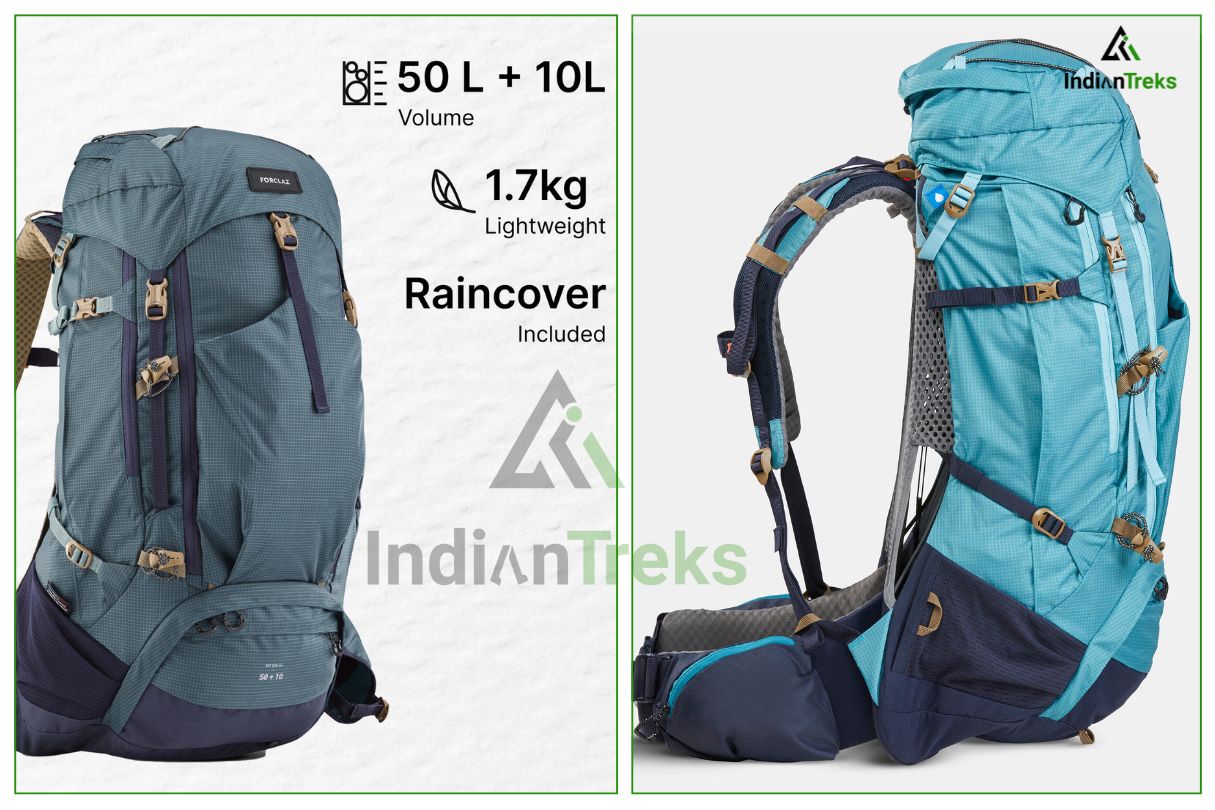
Your backpack is one of the most important pieces of gear on a trek. For a week-long Himalayan trek, a 40–50L pack is ideal—big enough for essentials but not too heavy.
Focus on comfort and support: padded shoulder straps, a hip belt, and an adjustable frame reduce strain on long hikes. Look for multiple compartments and easy-access pockets to keep items like water, snacks, and rain covers within reach. A well-fitted backpack makes your trek organized and stress-free.
Daypack: Don’t Forget This Essential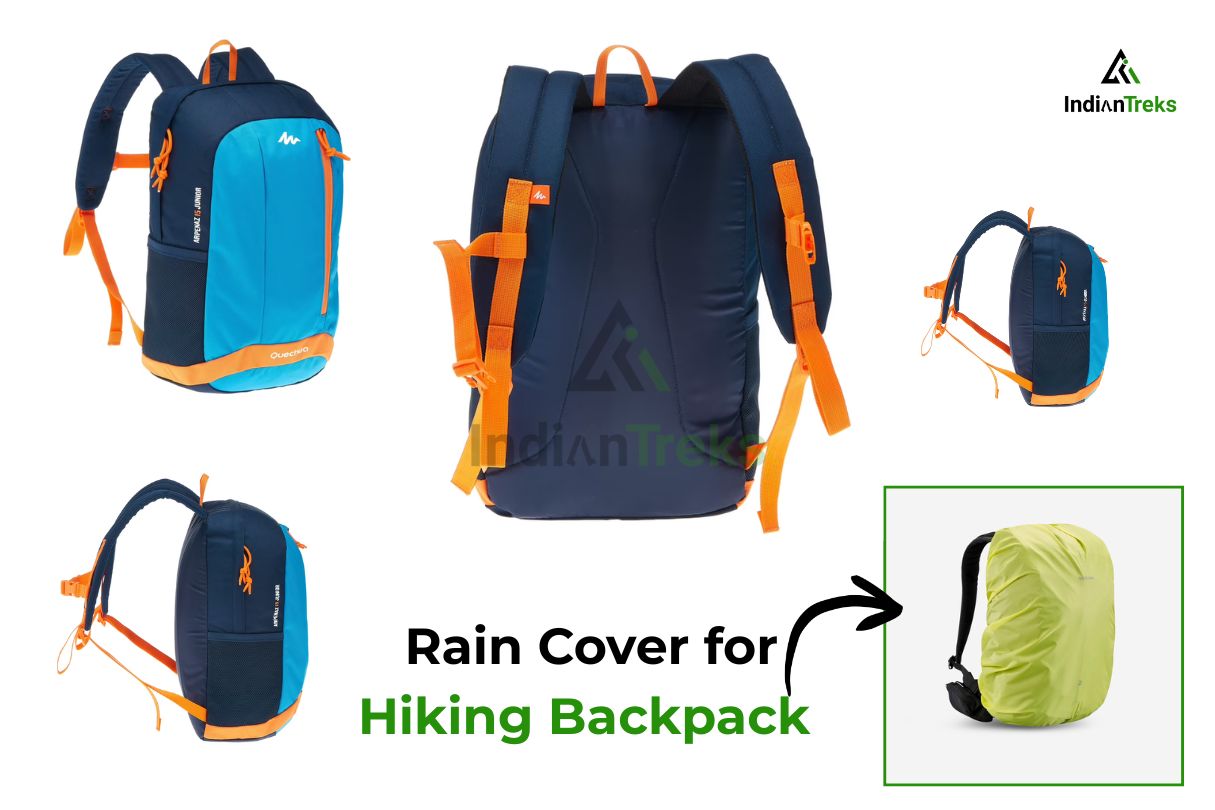
A daypack is just as important as your main backpack. On day hikes, shorter excursions, or sightseeing trips, you won’t want to carry your full pack.
A lightweight 15–25L daypack is perfect for essentials like water, snacks, a rain jacket, camera, sunscreen, and personal items. Small but practical, it keeps you comfortable and makes your trek much more convenient.
Read More: Choosing The Right Backpack
Footwear: Essential Gear for a Comfortable Trek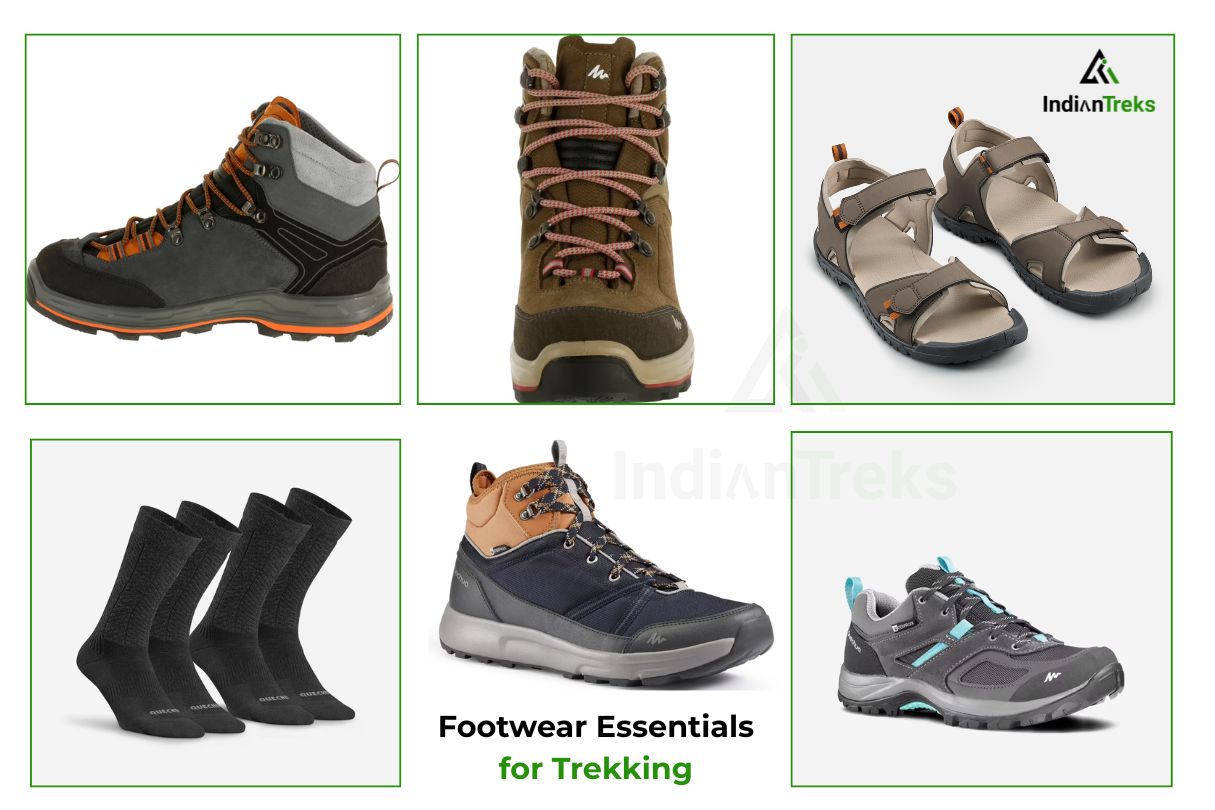
Your feet are your most important companions on a trek—choose the right footwear, and your journey becomes enjoyable; ignore it, and every step can be painful.
Trekking Shoes
A sturdy pair of waterproof, high-ankle trekking shoes is a must. They provide support on rocky trails, protect against ankle twists, and keep your feet dry in sudden rain or snow.
Hiking Sandals
Pack lightweight hiking sandals for downtime at the camp or short walks. They’re perfect for giving your feet a break from heavy boots and are handy for crossing streams safely.
Sneakers (Optional)
A pair of casual sneakers can be useful for travel days or relaxed walks around the campsite. Not mandatory, but they add comfort when you’re off the trail.
Trekking Socks
Bring 3–4 pairs of quality trekking socks made from synthetic blends or merino wool. These wick away moisture, keep your feet warm, and prevent blisters—cotton socks are best avoided.
Read More: The Best Trekking Shoes
Clothing Checklist for Himalayan Treks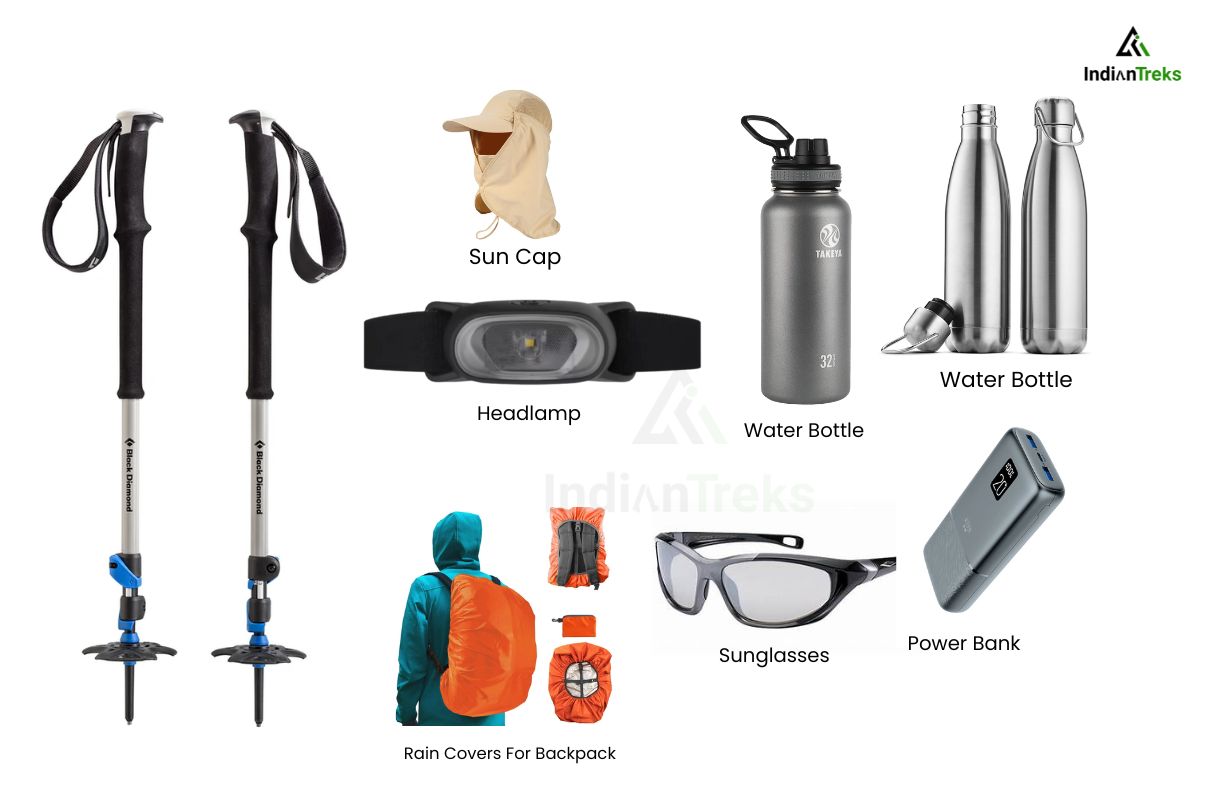
Packing the right clothes is crucial for comfort, warmth, and safety on your Himalayan trek. Layering and proper materials can make a big difference in changing mountain conditions.
Outerwear & Layers
Hiking/Trekking Jacket: A high-quality, waterproof, and windproof jacket is essential. It keeps you warm during chilly mornings and protects against rain and wind.
Thermals (Base Layers): Pack 2 pairs of thermal innerwear to retain body heat during cold nights.
Fleece or Insulated Jacket (Mid-Layer): Perfect for layering under your jacket on especially cold days.
Pants & Bottom Wear
Hiking Pants: Lightweight, quick-dry pants made from nylon blends are breathable and ideal for daytime trekking.
Warm Pants: Fleece-lined or insulated pants are great for evenings at camp.
Leggings: Useful for extra warmth or layering under pants in colder conditions.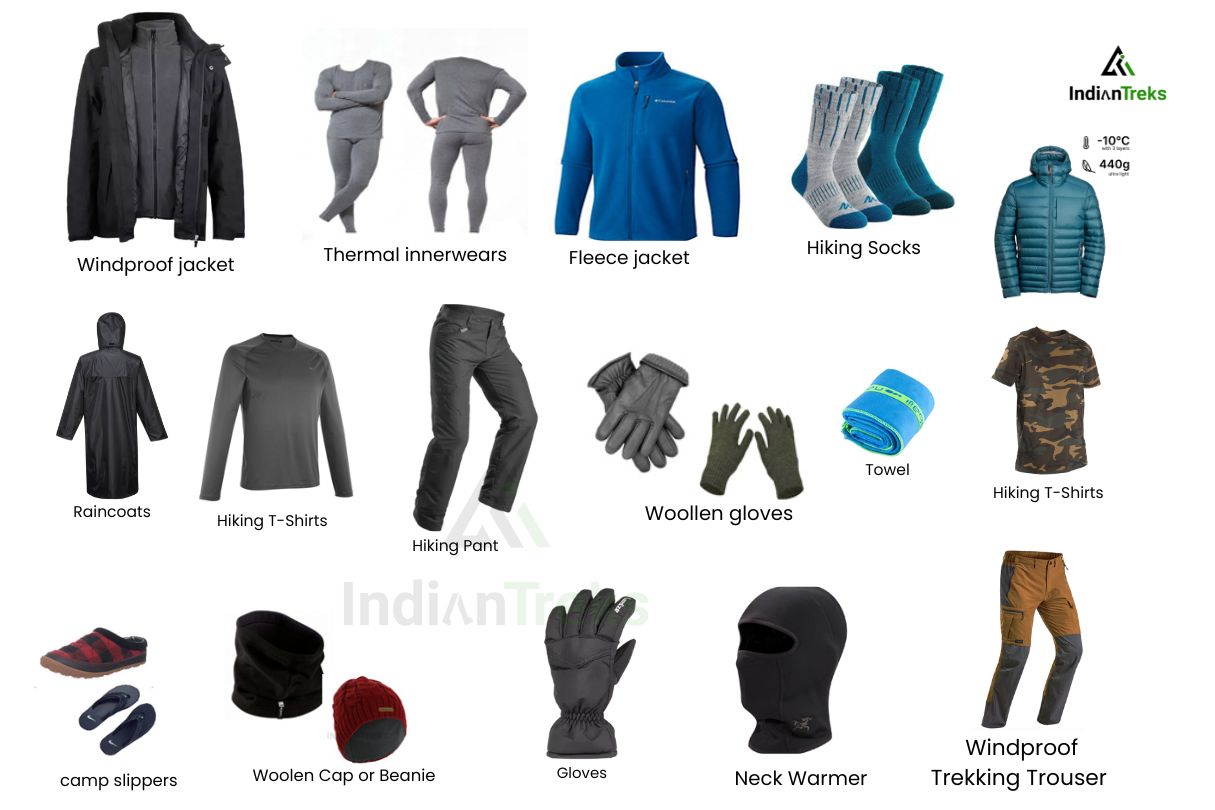
Shirts & Tops
T-Shirts (3–4): Choose moisture-wicking, breathable shirts—mix of short and long sleeves is ideal.
Long Sleeve Shirt: Can serve as a base layer or standalone for sun and wind protection.
Spare T-Shirt/Shirt: A casual backup shirt is handy for camp or off-trail activities.
Shorts (Optional): Useful in warmer or low-altitude sections.
Underwear & Socks
Undergarments: Pack enough for comfort and hygiene.
Socks (4–5 pairs): Quick-drying, warm socks made from synthetic or wool blends are best. Avoid cotton to prevent blisters.
Head & Hand Protection
Buff or Balaclava: Protects your neck and face from wind and cold.
Beanie Cap: Wool or fleece beanie to keep your head warm during cold nights or mornings.
Hiking Hat: Shields you from sun during the day; choose one with a strap to prevent it from blowing away.
Gloves: One pair of insulated gloves is sufficient to protect hands at higher altitudes.
Toiletries: Staying Fresh on Your Himalayan Trek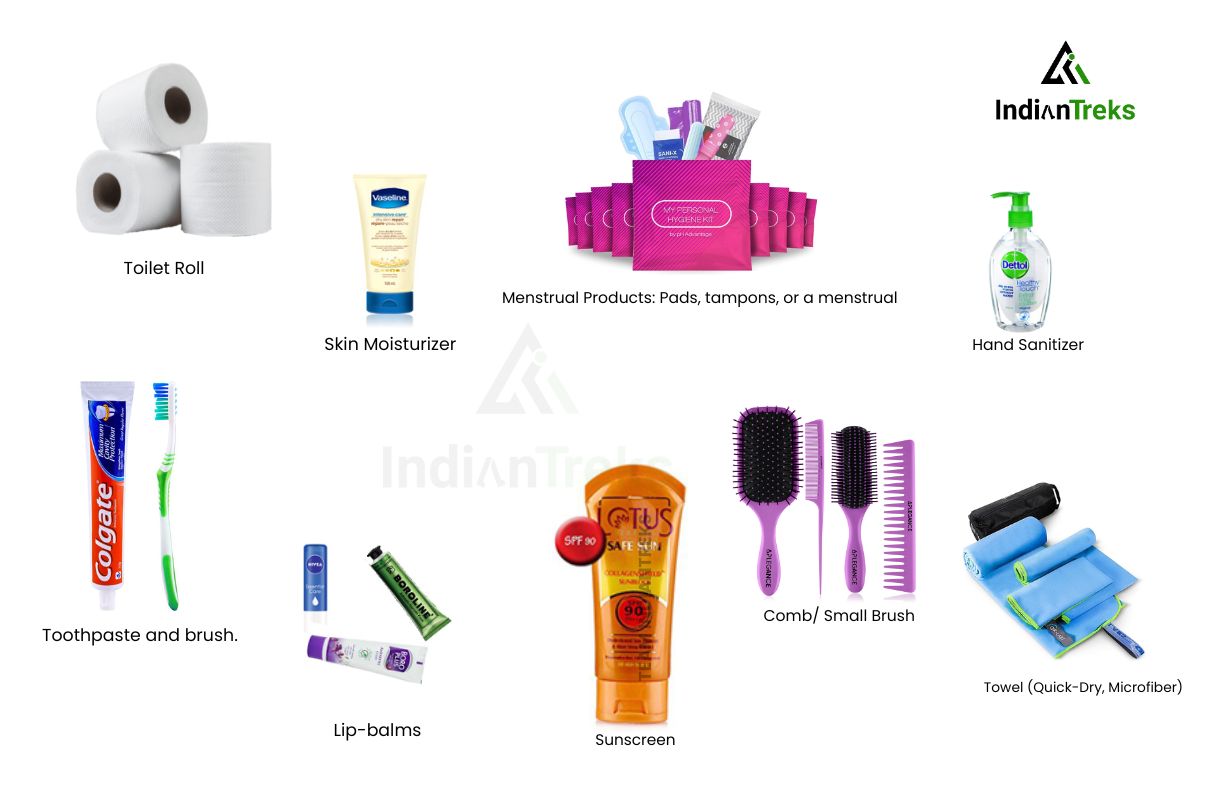
Maintaining hygiene during a trek is essential for comfort, health, and overall well-being. While mountain facilities may be basic, packing smart ensures a clean and enjoyable experience. Here’s what to include:
Sunscreen (with UV Protection): High-altitude sun can be harsh. A good SPF sunscreen protects your skin from sunburn.
Quick-Drying Towels (1–2): Compact microfiber towels save space, dry fast, and prevent odor.
Toilet Paper, Tissues & Wet Wipes: Camps and tea houses may not always provide these. Wet wipes are handy when water is scarce.
Toothbrush, Toothpaste & Mouth Freshener: Basic oral hygiene is easy to overlook but crucial.
Deodorant or Talcum Powder: Keeps you fresh and manages sweat during long treks.
Shampoo (Small Travel Bottle): If you plan to shower, carry a small, biodegradable bottle.
Lip Balm or Salve: High-altitude air dries lips quickly—keep them protected with a moisturizing balm.
Sanitary Pads or Tampons (For Female Trekkers): Pack enough for the trek duration, plus extra disposal bags.
Biodegradable Soap: Eco-friendly option for hand and body washing without harming nature.
Nail Clipper: Handy for grooming, especially on longer treks.
Other Personal Essentials: Include medications, skincare, or contact lens supplies as needed.
First Aid & Medical Essentials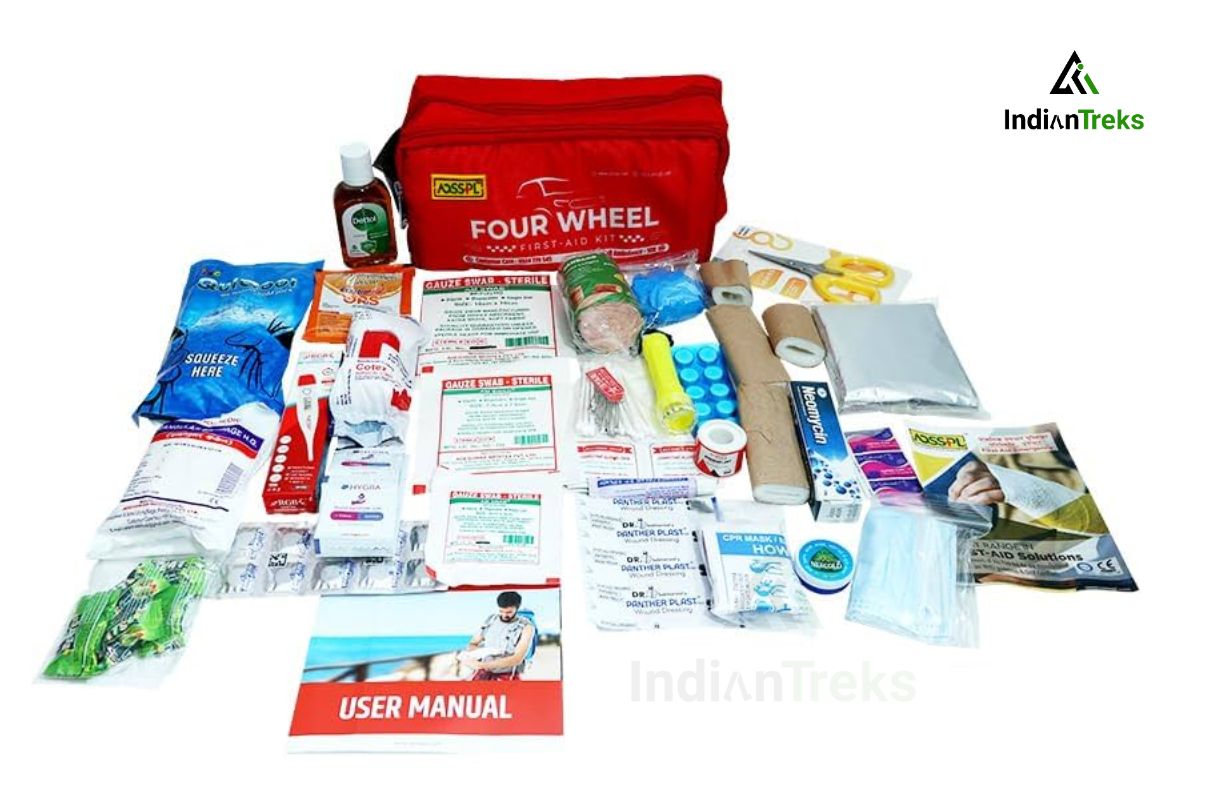
Trekking in remote or high-altitude areas requires extra caution. Carrying a basic first aid kit and essential medicines ensures you can handle minor injuries, illnesses, or altitude-related issues. Always consult your doctor before taking any medication.
Wound Care & First Aid
Antiseptic wipes or water syringe: For cleaning cuts or scrapes.
Butterfly bandages: Ideal for small cuts or blisters.
Sterile gauze pads and bandages: For larger wounds, including elastic or cotton pads.
Latex gloves: Protect yourself while handling bleeding wounds safely.
Basic Medicines
Medicine for diarrhea or upset stomach
Cold, flu, fever, and headache remedies
Painkillers like paracetamol or ibuprofen
ORS (Oral Rehydration Salts): Helps prevent dehydration during long hikes
Quick pain relief spray (external use)
High-Altitude Essentials
Diamox (Acetazolamide) or similar medication for altitude sickness
Personal prescription medicines, if required
Other Useful Items
Bug repellent to prevent insect bites
Nutrition/energy bars and non-alcoholic energy drinks for quick recovery and stamina
Important Notes
Medical Disclaimer: The packing checklist provided is meant as a general guide. Always consult your doctor if you have specific health concerns or before carrying any new medications on your trek.
Travel Light: Packing smart is key to enjoying your trek. Check our website to see which gear you can rent or buy from Indian Treks and what items you should bring from home. Travel light, but make sure you’re fully prepared for the adventure ahead
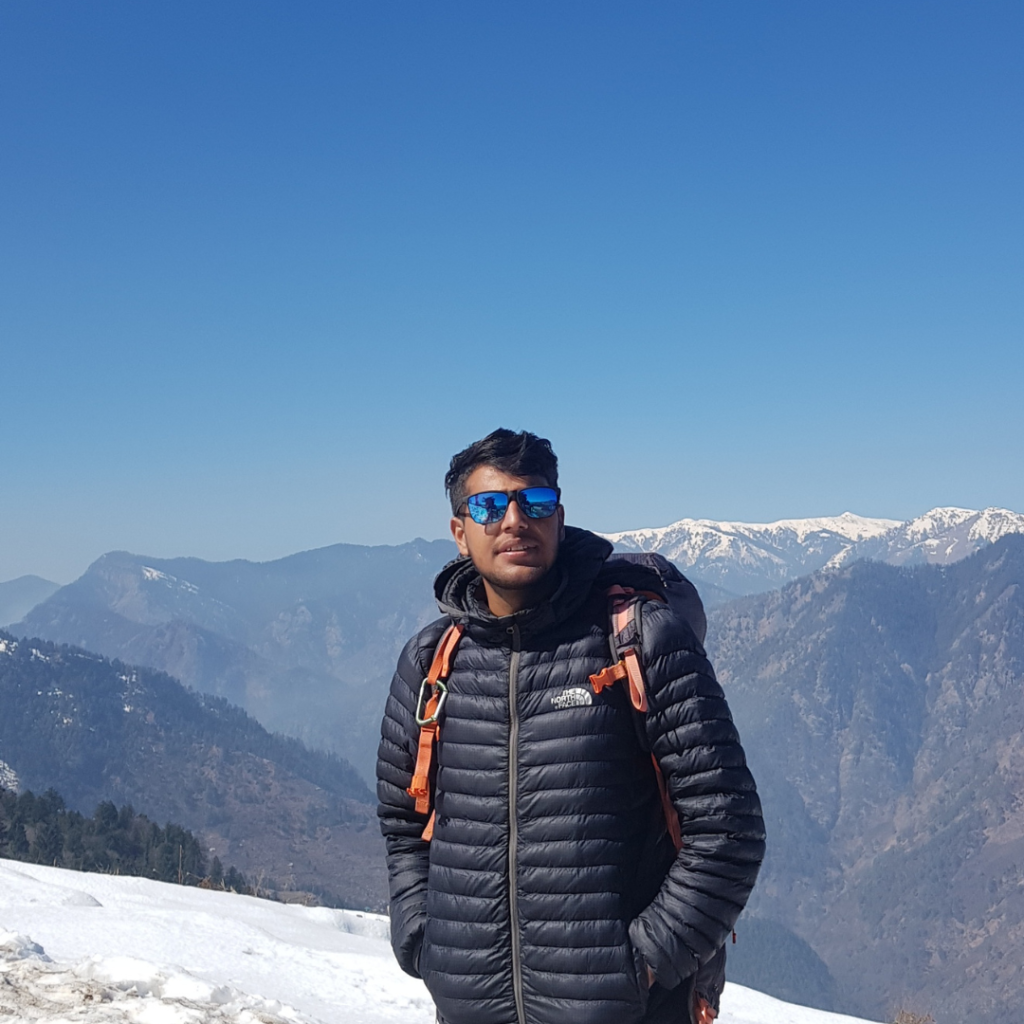
About Author – Vivek Rana
With nearly 10 years of experience in high-altitude guiding, the founder of this trekking organization is more than just a trek leader—they are a pioneer of adventure in the Himalayas. Having conquered multiple 6000-7000 meter peaks, they have led over 150 treks across the most breathtaking and challenging terrains, including Har Ki Dun, Kedarkantha, Borasu Pass, Bali Pass, Buran Ghati, Rupin Pass, Pin Bhabha, and the mighty Black Peak.
Their deep-rooted connection with the mountains isn’t just about reaching summits—it’s about creating life-changing experiences for those who dare to explore. Every expedition they lead is an invitation to step beyond limits, embrace the wilderness, and feel the raw power of the Himalayas like never before.
This is not just trekking; this is a journey into the heart of the mountains—with a guide who knows them like a lifelong friend.

